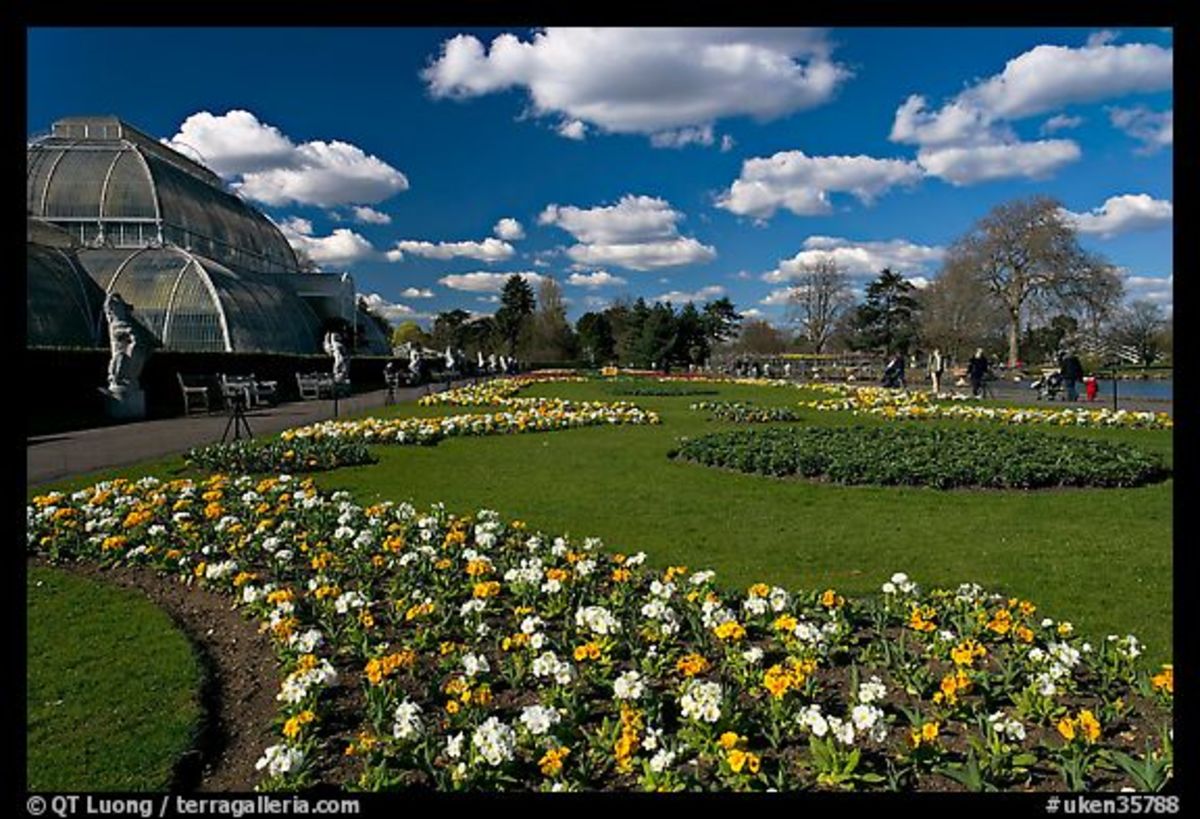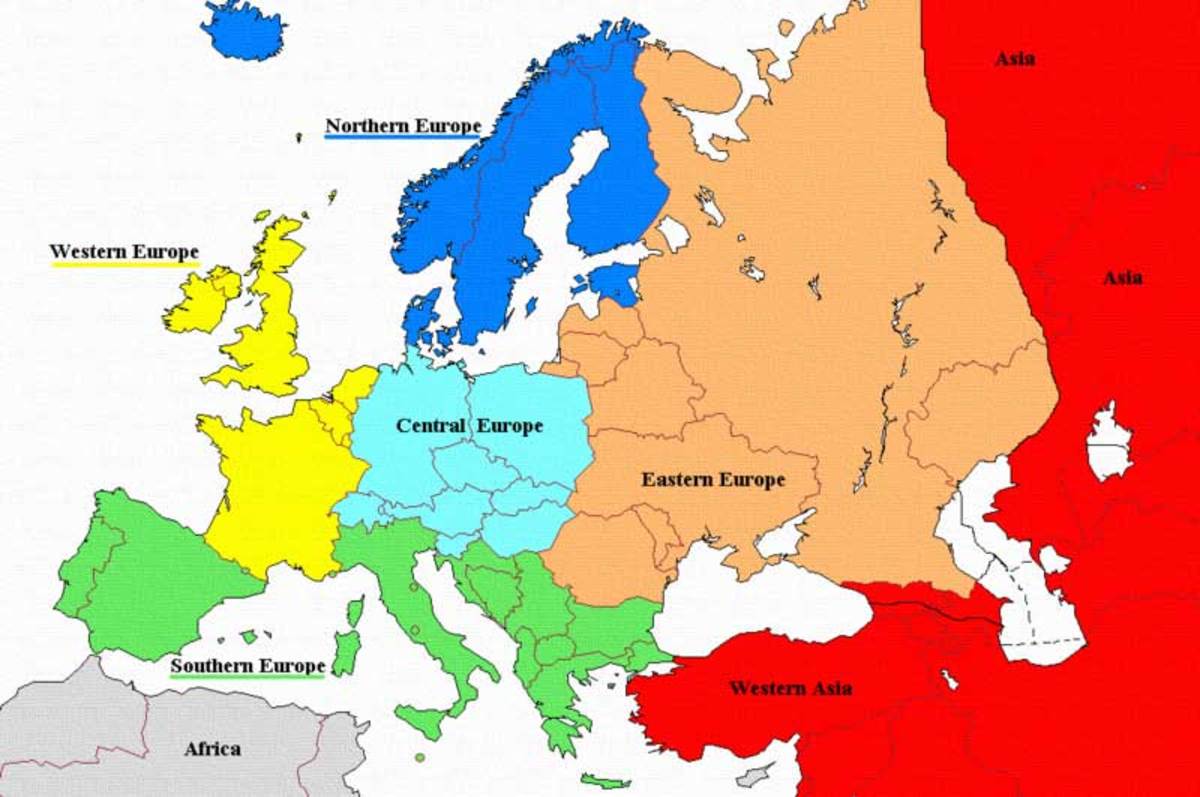Why Europeans Have Historically Embraced Community Gardens
The term community garden is commonly used in America, New Zealand, Canada, and many countries of Europe to mean some parts of land that is collectively established and gardened by the communities. Although garden and Community may not appear to have any relationship with urban setting and even the subject of anthropology, Sokolovsky (2008), in his work, Civic ecology, Urban Elders, and New York City’s Community Garden Movement notes that community gardens in cities of Europe and New York became very significant especially for the dwellers in various ways.
Benefits of Community gardens
In establishing and maintaining community gardens, various alliances were established across economic, generational, and ethnic lines. These alliances were mostly established in troublesome and harsh times. In the case when the elders failed to obtain sufficient help from the city authorities, or in the event when such a situation required instant action, the elders and community members opted to initiate their own projects. The elders could team up with the younger generation and members of the immediate neighborhood in establishing the projects or protecting the existing ones from outside invasion. These actions therefore, acted as civic ecology in the sense that the community members employed collective actions in making any available space to be beneficial to the residents. Moreover, these actions regularly promoted and enhanced the involvement and social inclusion of the community members, thus further promoting unity and social cohesion. Apparently, Community gardens in Europe were beneficial in that they could be used by the community members for crop farming purposes and therefore, supplementing the available food.
Residents in Europe found community gardens important in growing food as well as regaining back their land that had been taken by city government. For instance, community gardens in New York created space for older adults for recreational purposes as well as sharing knowledge. They were also equally significant for younger generation as they learnt on various aspects such as their backgrounds, ethnicity, heritage, food and how various communities can work together to create more forces. In essence, Sokolovsky observes that community gardens were beneficial to the communities due to the aspect that they offered space for social activities for both old and young generation. Apparently, these gardens were also essential as a source of food to these residents.
Events that Promoted the Development of Community Gardens
Among the developments that promoted community gardens were the first and second world wars and other calamities such as the economic crisis. During the first and second world wars, most of the available spaces in New York City were used as “Victory Gardens”. These were garden plots established in places near the white house, and in rooftops of buildings. The establishment of these community gardens was attributed to the end of the food rationing and the subsequent launch of the industry in frozen foods. The garden projects were halted after the end of these wars. It can therefore, be said that the world wars and hard economic times, plus the launching of frozen food industry promoted the development of community gardens in NY and Europe.
The open space green initiatives developed by Liz (1973) in Sokolovsky, (2008) an artist who was based in Manhattan were some of the efforts that were used to ignite the community garden movement in the whole of New York. In addition to this is that the governments supported the community gardening projects and took some efforts for the same.
Events that Suppressed the Development of Community Gardens
Most of the community projects in NY and Europe were suppressed when the governments began to distribute food to urban dwellers. In addition, some developers used the space for these gardens for real estate development. In European perspective, the real estate developers and some city governments were also an impediment to the development of these gardens, as they did not want these projects to go on.
Community Gardens in London
London is the Capital of United Kindgom and England. Currently, the city has a population of 8,308,369 people. For over two millennia, the city has been the main settlement for many people across the world. The city is located in the banks of river Thames, halfway between Michigan, Toronto, Detroit and Ontario. This factor has enhanced its political and economic development.
Working jointly with the Food Security and Resources Health and Education, the city of London has established new community garden projects that are located in various places in the city. Some of the locations of these community projects include Caulkins Park a city owned Park, Williams and Waller streets, Winthrop elementary, Nathan Hale Elementary among others. There are also other garden projects, which are owned by the city authorities that act as playing grounds for learners. These projects are fenced and installed with water lines. There are also in various places, raised beds for various crops, trees and flowers, sitting or shelter areas, trees, signage, mulch composters and recreational grounds.
According to Miller, (2013), London city has more than 100 community gardens. These gardens are also made open to education, job training, visiting and even volunteering. The cities’ emphasis in supporting community project is to offer food security for urban dwellers. It is also supposed to protect the environment and ensure that people have good health through eating nutritious foods. They also make the city beautiful.
Conclusion
The development of community gardens in New York and Europe presents a powerful history on how people thriving among the poorest environments can transform what can be regarded as useless, barren, and in most cases hazardous places into useful gardens where crops, plants, and recreational spaces could be found. In addition, community gardens are a source of unity for the local dwellers. This is because the communities collaborate when establishing these gardens and the benefits accrued goes to the entire community. Historically, there are certain factors, which have contributed or hindered the development of these community gardens. Among those that have contributed to their development, include support from the government, disasters such as world wars and the establishment of the frozen food industry. On the other hand, factors that have hindered the development of these gardens included initiatives by government agencies and NGOS to distribute food to urban dwellers, and therefore finding no need of growing their own food, and the emerging of cronies who used these garden spaces for developing real estates.








